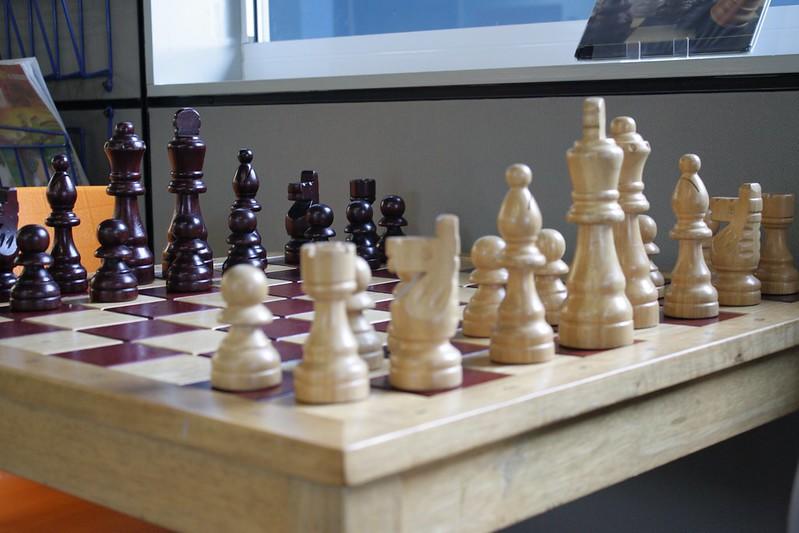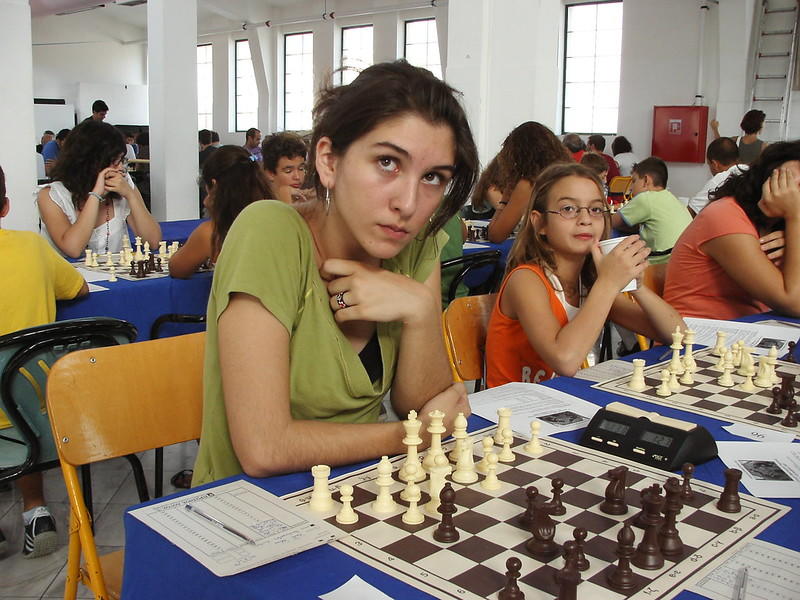A gambit in chess means that you have to be willing to sacrifice a piece (usually a minor piece like a pawn) to gain an advantage. A King’s gambit in chess is sometimes seen as dubious play. It all depends on whether Black declines or accepts the King’s Gambit move. There are dangers for both sides of the board, but particularly for White.
When White choose a King’s Gambit opening it weakens itself by losing the chance to castle. So considering the risks, why would anyone take a gambit like this?
In this article, you will find out all about the King’s Gambit in chess – it’s background as well as the different scenarios that could play out when it is accepted or declined.

The King's Gambit Opening: A Historical Perspective
The King’s Gambit move is centuries-old. First recorded in 1497, its origins are thought to be better than any other opening.

The game is essentially a face-off between two armies where the protection of the king is paramount. Even though this move makes castling trickier, it is certainly not completely unfeasible.
This gambit is a game full of tactics, sacrifices and strategy. For over 300 years, it has been favoured opening and even featured in the 1851 Immortal Game between Lionel Kieseritzky and Adolf Anderssen. For all of its honour and popularity, a great many within the chess community were not convinced by it.
One notable 18th Century player claimed that a King’s Gambit opening could only ever end in a draw at best. Another Siegbert Tarrasch, one of the most famous players of his time and responsible for two traps that feature the Ruy Lopez opening, called it “madness” and even said it should be a mistake!
Legendary grandmaster Bobby Fischer joined in on the gambit bashing saying that knowing how to play King’s Gambit is a waste of time that would end in loss! Thanks to these critics, the King’s Gambit in chess fell out of favour by the mid-20th century. Even today, it is seldom featured at a tournament or championship despite that high profile player like Hikaru Nakamura and Nigel Short continue to use it.
Many chess coaches and tutors will even discourage their pupils from using it. Even though it is not one of the top chess openings, it remains a staple move from the Romantic chess era and is worth of exploration.
The King's Gambit Move Accepted
The algebraic notation for the King’s Gambit is: 1. e4 e5 2. f4
As we have established, it is a bold move on White’s part to offer up the sacrifice so early in the game. Nevertheless, it is one that Black usually accepts. Of course they don’t have to, but what happens when they do?
Once the f4 pawn is captured by Black, White can choose between one of two strategies: The Bishop’s Gambit (Bc4) or the King’s Knight’s Gambit (Nf3). Of the two, the latter is the favourite because it will stop Black from making a move on the queen (Qh4) which puts the king in check. It also develops the kingside knight.
Black’s Nf3 response could be to advance their g-file pawn two squares so that it reinforces the f4 pawn. Alternatively, they could opt to advance their d-file pawn two squares to reinforce the f4 pawn. Moving the d-file pawn up one square is also a possibility which is called the Fischer Defense.
The classical variation can cause trouble for Black if White moves his knight to e5 thus spurring Black’s pawns forward. Remember that the Bobby Fischer is critical to the King’s Gambit as an alternate defence. It is not perfect though because even though access to e5 is assured, it doesn’t protect the pawn. Protection of that pawn is crucial because for the step in how to play King’s Gambit requires White’s queenside bishop to take that pawn. This bishop variation is riskier but also provides White with a far greater advantage. In the even that White decides to pursue the Bishop Gambit, it moves its kingside bishop to square c4. When White’s king is unprotected, it is a neat invitation for Black to check with its queen (Qh4). Initially, this seems like a favourable deal for Black. However, in developing their most valuable piece they are also drawing blood by placing their opponent’s king in check. All of this within the first few moves of the game!

Unfortunately for Black, this move does not suit it. Yes, White loses its ability to Castle which means that its king remains less protected. However, they will have still developed two of its pieces: the knight to challenge the queen and the bishop on c4 resulting in the hasty retreat of Black’s queen while its pieces remain undeveloped.
It’s obvious that White has the advantage unlike the Scotch Game where Black is favoured.

Declining the King’s Gambit in Chess
Knowing how to play King’s Gambit means knowing how to decline it! That means any play that does not involve Black taking f4.
When Black knows how just how costly the King’s Gambit move could be, they may decline it and rather offer one of their own. When White plays f4 it places its king in a weak position. A clever move on Black’s part would be to exploit that weakness by advancing its d-file pawn (called the Falkbeer Counter Gambit). This places Black in a better position because both queenside bishop and queen will be free to move to the board’s kingside and thus plague White’s royal pair which will have no defence. Alternatively, the Classical Defence where Black declines the gambit, means that its kingside bishop moves to c5.
This may seem arbitrary but the intent is all about preventing White’s king from castling. The strategy is clever because White has to make several moves to The intent behind this seemingly arbitrary move is to prevent White's king from castling. This strategy is particularly clever because White will have to make several moves to neutralise the threat which gives Black time to shore up its attack strategy. Even so, despite this, much like the French Defence, Black remains at a disadvantage very early in the game.
Why You Should Know How to Play King's Gambit
For now, forget the critics of the King’s Gambit opening in favour of the possibilities for its potential. The King’s Gambit in chess favours the White which can develop its pieces quickly, control the centre of the board and possibly even castle are more obvious: you develop your pieces faster, control the board's centre and, perhaps, even castle. If your opponent is less experienced, you could even win the match.
If you are a chess beginner who lacks experience, the King’s Gambit move is potentially a great learning tool. Once you have the courage to face this gambit and if neither the Classical or Falkbeer defences worked for you. Try these counter gambits.
- the Adelaide Countergambit which is 2. ... Nc6 3. Nf3 f5
- the Fischer Defense which is 3. Nf3 d6
- the Wagenbach Defense which is 3. Nf3 h5
- the Nordwalde Variation which is 2. ... Qf6
- the Keene Defence which is 2. ... Qh4 3. g3 Qe7
- the Mafia Defence which is 1. e4 e5 2. f4 c5
You would not be blamed for thinking that the Mafia Defence features in the Sicilian Defence, however the only thing they have in common is that they both originated in Sicily.

Notable King's Gambit Games
It almost seems unfair that this article began with the critics of some of the grandmasters even though some of them continue to play it. Their brilliant, poetic strategies and game plans are legendary.
The 1960 Spassky-Fischer game at Mar del Plata is a case in point. Fischer criticised the King’s Gambit opening before facing Boris Spassky so, when he actually lost to the Russian grandmaster, he was rather enraged and left the game in tears.
Indeed, Vasyl Ivanchuk is also no outsider to the King's Gambit; regardless of what side of the board he plays, he is able to amaze his opponents. In a game against Sergey Karjakin, he threw caution to the wind, played 3. Bc4 leaving the game to soon tumble into a queen-less and prolonged middlegame.
Unlike the more favoured and well-known Italian Game, the King’s Gambit has suffered bad press, however in the hands of a skilled player this challenging gambit is a thing of awe.
If you are a beginner chess player, don’t allow your coach to discourage you using this gambit, because if nothing else it will teach you and your fellow players a lot. And who doesn’t want to learn? Now, have you heard about the Queen’s Gambit? And we don’t mean the Netflix series.















